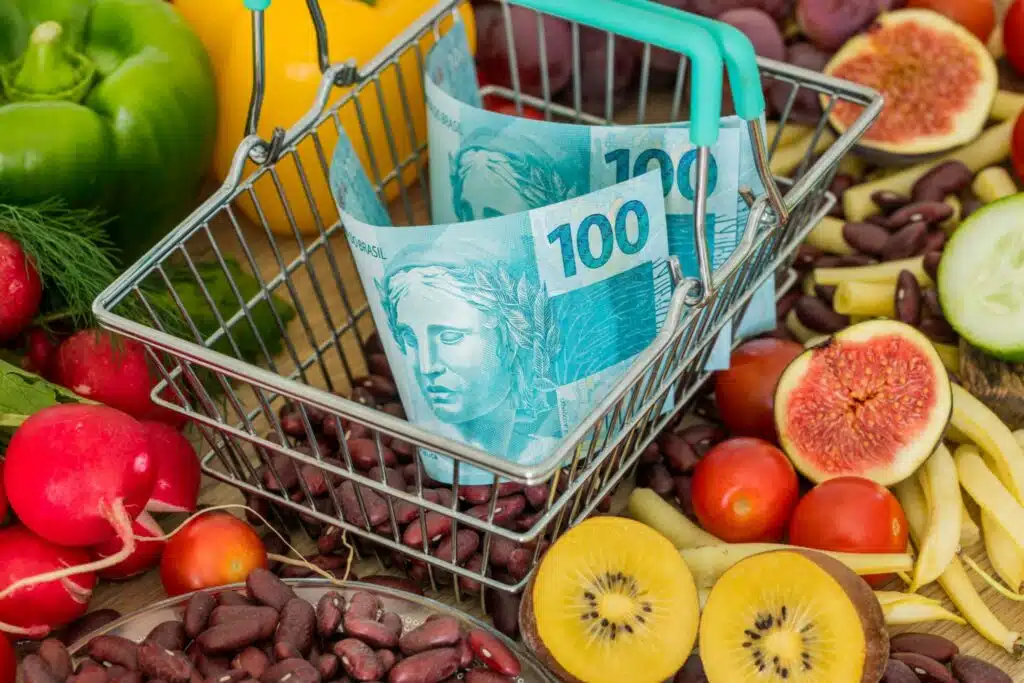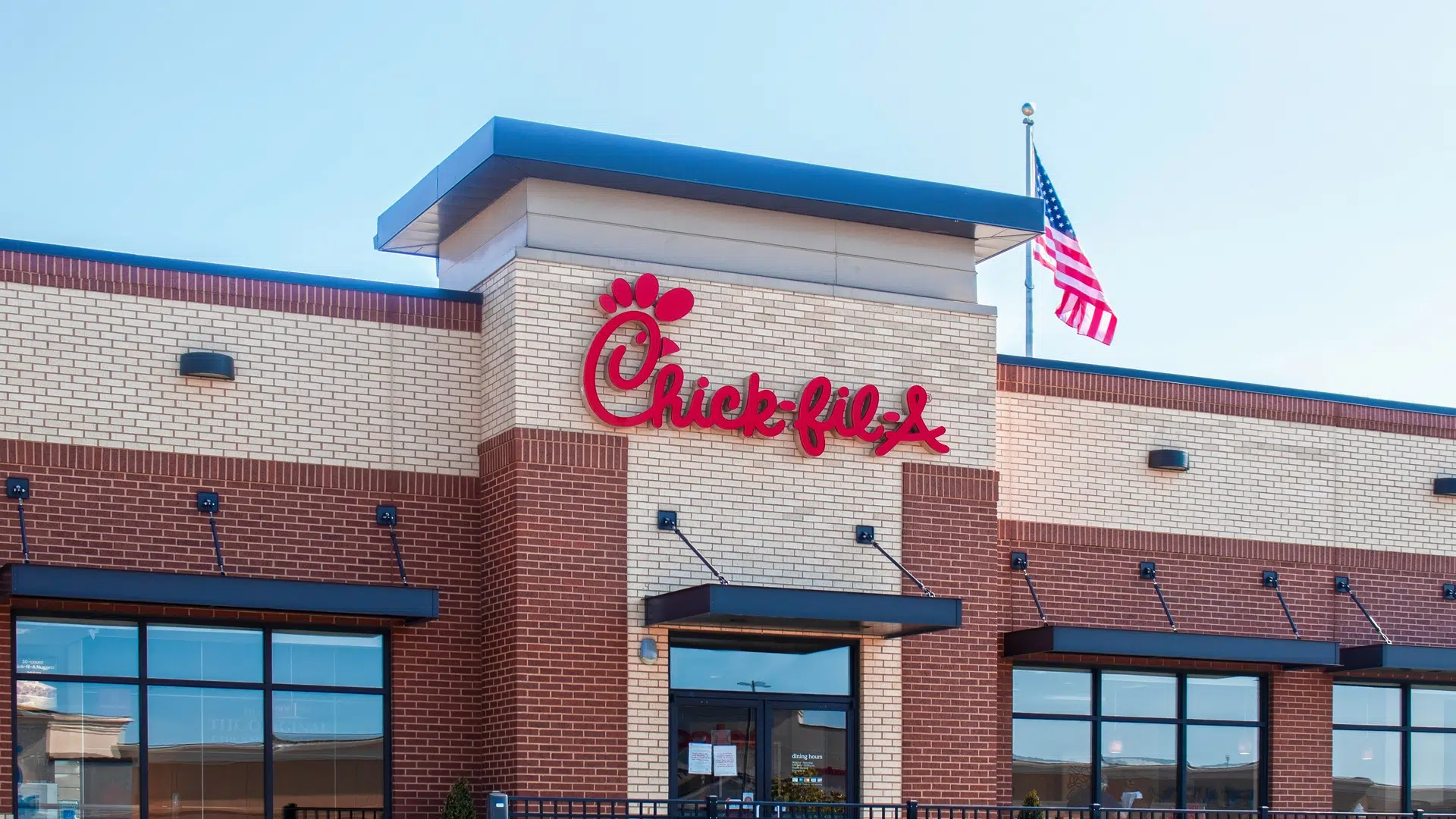The COVID-19 pandemic has brought about significant changes to the way we live our daily lives, and food prices and supply chain disruption are no exception. With food prices rising and supply chain disruptions common, it can take time to know what to expect in the coming year. However, these challenges also present opportunities for innovation in the food industry.
In this blog, we will explore the impact of these disruptions on the food industry and how companies and individuals are finding new ways to adapt and innovate in the face of these challenges.
We will look at the latest trends in food pricing and supply chain management and examine some of the most promising solutions for ensuring everyone has access to affordable, high-quality food. So join us as we navigate the “new normal” of the food industry in 2023.
What Impact Will This Have on Food Prices and Supply Chain Disruption on Innovation in 2023?
Commentators examining economic trends in the eurozone and UK economic trends are cautiously predicting that inflation might be cooling off and peak prices might be behind us. According to Eurostat, the eurozone’s inflation rate dropped for the second consecutive month in December, falling to 9.2% from 10.1% a year ago. In the UK, the Consumer Price Index (CPI) rose by 10.5% in the 12 months to December 2022, down from 10.7% in November.
The decrease is primarily driven by lower fuel prices, with European economies helped partly by a temperate winter showing unexpected resilience in the face of the bloc’s energy sanctions imposed on Russia over its invasion of Ukraine. It is now back around where gas prices were before Russia launched military action last year, but living costs remain very high for many households.
While the inflation rate continues to ease away from the 41-year high reported in October, it will do little to lighten the financial burden facing many households now,” said Bradley Post, CEO of RIFT Tax Refunds. We have reached our peak and begun our descent, but I still have a long way to go as we look down.
There’s no doubt that food price inflation is shocking. Eurostat’s latest data shows that prices for food, alcohol, and tobacco in December grew by 13.8% yearly. Food price inflation in the UK is similar to that reported by the Office for National Statistics. In the year to December, food price inflation rose 16.8%.
Acquiring Power Takes A Hit: We All Sense It
Charlotte Commarmond, Ingredion’s VP of global marketing, told Food Navigator that the result is a more cost-conscious shopper.
Last month, Commarmond explained at a trade show in Paris that consumers have limited money to spend due to inflation. Nevertheless, this pressure wasn’t suddenly apparent, he noted. “We saw this coming in 2022,” he said. “To some extent, we saw it with the pandemic: consumers were cautious about where to spend their money.”
The economic prospects for 2023 leave many facing a cost-of-living crisis. However, Vicky Davies, global marketing director for performance, active, and medical nutrition at the Dutch dairy ingredients supplier FrieslandCampina Ingredients, believes this is only the start of an ongoing challenge to purchasing power across the food and beverage industry. “Everyone can feel its effects,” she noted.
Also watching closely is Bunge Loders Croklaan, which predicts that inflation will remain ‘incredibly high’ in the short term. According to Bunge’s senior director, global marketing, and product manager Mark Stavro, 2023 will be a challenging year. As he told us at Fi Europe, there will be inflation, a potential recession, and a surge in demand for oil beyond food.
Supply Stability Will be Vital in 2023
Due to extreme weather events and a limited supply of raw materials from Ukraine since the Russian invasion, global supply chains have been disrupted. Ingredients companies are taking notice that there is supply chain disruption. According to Renee Boerefijn, director of innovation at Bunge, “sometimes sourcing is tight, and then there are some practical challenges, such as logistics and driver availability.”
In 2023, Roquette expects crop availability to be challenging for the industry as a whole. Inflation is one, and crop availability. As a result of the Ukrainian war and drought in Europe, it’s another. Pascal Leroy, Roquette’s senior vice president for core ingredients, explained.
Suppliers must deliver for the customer and prove themselves a reliable partners capable of handling obstacles ahead. “There will be challenges, but we are here for them. We are available for 2023 and beyond,” Leroy said.
The company is also ‘extremely well positioned to support its customers, with options to ‘minimize the pain.’ First, however, the industry needs to work together to make it work, Boerefijn stressed. For example, we had tremendous efforts and great collaboration across the market to ensure there were enough shelves at the beginning of last year due to a shortage of sunflowers and an increase in prices.
“This is a perfect example of how we should approach challenges. Business continuity is the most important factor.”
Nutrition and Sustainability Remain Essential to Innovation
When supply and demand are unlikely to ease in the near term, how will that impact innovation pipelines this year? Is it possible to expect food and beverage brands to reduce their investment in R & D as they strive to keep their costs under control and offer consumers the lowest prices possible?
ABF Ingredients, CEO, Saadane-Oaks remarked that food brands are still innovating, but they are exercising caution and being more selective in their R&D investments. She stated, “I wouldn’t call it a slowdown, rather increased selectivity. More prioritization is taking place, particularly for projects with higher risk and longer-term investments.”
As a result, ‘the science isn’t yet established,’ meaning that new products will take longer to market and generate returns, has been ‘put on hold.’ Although Saadane-Oaks continues to see R&D bright spots, innovation continues to grow categories such as nutritional and plant-based products.
With its position as a supplier of nutritional ingredients, FrislandCampina hopes to act as a buffer to industry headwinds. “The economies worldwide fluctuate, and we’re bound to be affected. But our focus is on high-end nutrition, and we’ll do our utmost to deliver it to our customers,” Davies said.
Even so, Commarmond conceded, consumers might not be less willing to spend as much to fund brands’ sustainability efforts. In an inflationary environment, sustainability may seem friendly, but we know it is essential in the long run.
Take on the Challenges of the New Normal with SupplyCaddy: Contact Us Today!
The new normal has brought various challenges, including the impact of food prices and supply chain disruption. Thankfully, there are innovative solutions that can help to provide the necessary support to navigate these difficult times.
With SupplyCaddy, you can rest assured that your packaging and disposables needs are taken care of. Our mission is simply to deliver. With more than 100 combined years of infrastructure, sourcing, and importing experience, we have successfully delivered over 100 million products since inception. We pride ourselves on fair pricing, lightning-fast lead times, and incredible customer service. Contact us at [email protected] or [email protected] to learn more about how we can help you navigate these challenging times successfully in 2023.





















